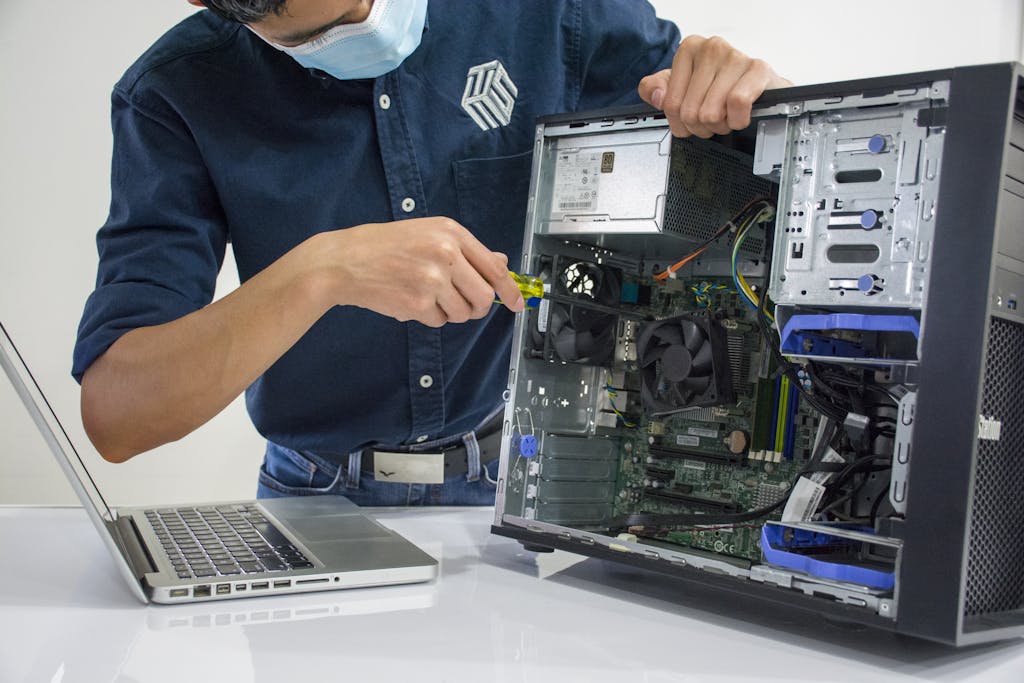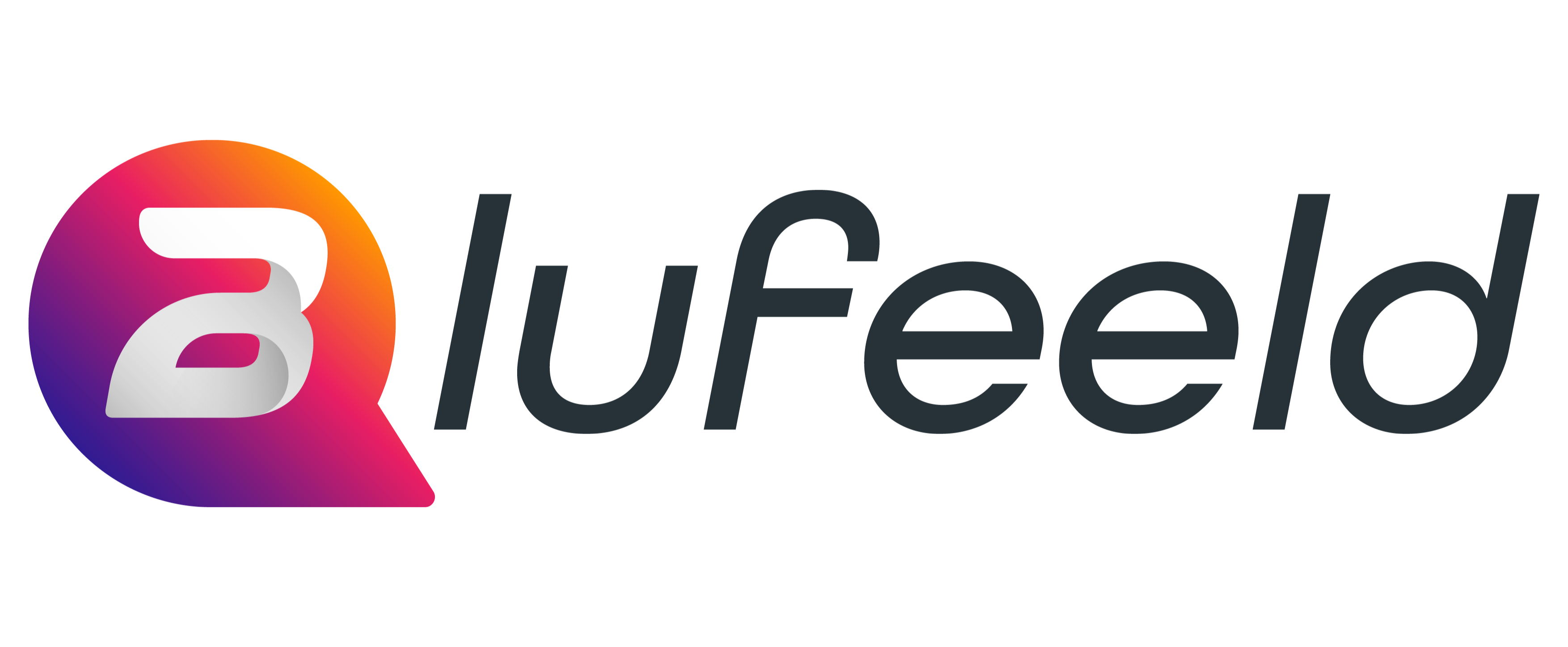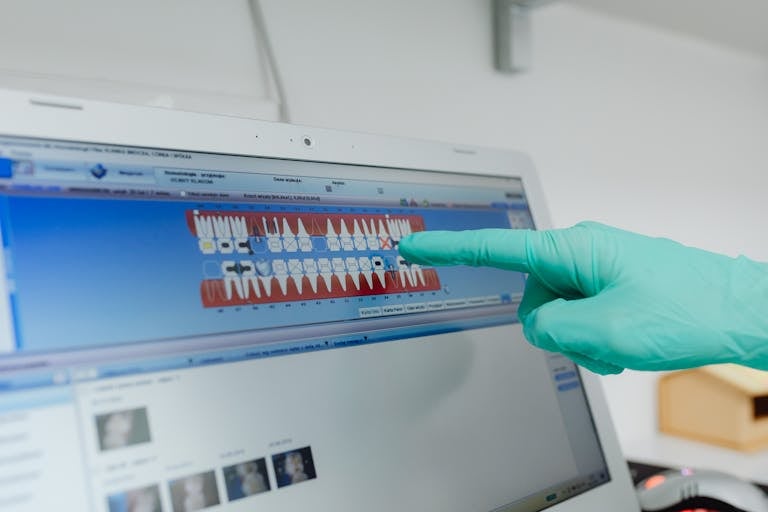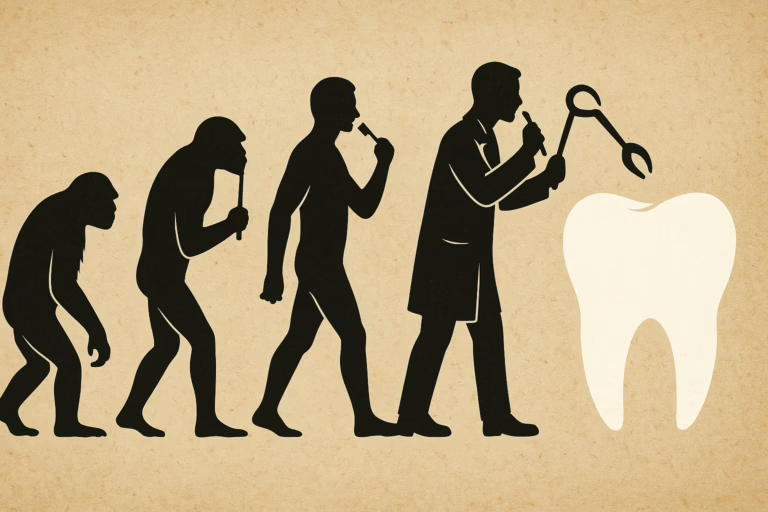Cloud Computing in Dentistry (Part-3)
Revolutionizing IT Maintenance and Costs
In our final article of this series, we’ll explore how cloud-based solutions are transforming IT maintenance and associated costs for dental practices. This shift has significant implications for how practices manage their technology infrastructure and budget for IT expenses.

The IT Paradigm Shift with Cloud-Based Dental Software
The move from traditional on-premises systems to cloud-based solutions fundamentally changes how dental practices approach IT management and budgeting.
Impact on IT Maintenance and Costs
- Reduced Need for On-Site IT Staff
- Vendor-Managed Updates: Cloud providers typically handle software updates and patches, reducing the need for dedicated IT personnel.
- Remote Troubleshooting: Many issues can be resolved remotely by the cloud service provider, minimizing disruptions to practice operations and reducing the need for on-site IT support.
- Automated Backups and Data Recovery
- Regular Backups: Cloud solutions often include automatic data backup, reducing the risk of data loss and the associated recovery costs.
- Disaster Recovery: Cloud-based systems typically offer robust disaster recovery options, potentially saving practices significant time and money in the event of a catastrophe.
- Simplified Compliance Management
- HIPAA Compliance: Many cloud providers ensure their systems meet HIPAA requirements, simplifying compliance management for dental practices.
- Automatic Updates: Regulatory changes are often implemented by the cloud provider, reducing the burden on practice staff to stay current with compliance requirements.
- Reduced Hardware Expenses
- Minimal On-Site Infrastructure: Cloud solutions reduce the need for expensive on-site servers and networking equipment.
- Extended Hardware Lifespan: With less demand on local hardware, existing equipment may last longer, delaying the need for upgrades.
- Lower Software Licensing Costs
- Bundled Services: Many cloud solutions include multiple features in a single subscription, potentially reducing overall software licensing costs.
- Automatic Updates: Cloud services typically include software updates in their subscription costs, eliminating the need for periodic software purchases.
- Predictable IT Expenses
- Subscription-Based Pricing: Cloud services often offer predictable monthly or annual fees, making it easier for practices to budget for IT expenses.
- Reduced Unexpected Costs: With the cloud provider handling maintenance and updates, practices are less likely to face unexpected IT expenses.
- Economies of Scale
- Shared Resources: Cloud providers can offer advanced technologies at lower costs due to economies of scale, giving small and medium-sized practices access to enterprise-level IT capabilities.
- Energy Efficiency
- Reduced Power Consumption: With fewer on-site servers and equipment, practices can see a reduction in energy costs related to powering and cooling IT infrastructure.
- Scalability Without Hardware Investment
- Flexible Resource Allocation: Cloud services can easily scale up or down based on practice needs without requiring investment in new hardware.
- Enhanced Security at Lower Cost
- Professional Security Management: Cloud providers often have dedicated security teams and advanced security measures that would be cost-prohibitive for individual practices to implement.
Considerations
While cloud solutions offer many benefits for IT maintenance and costs, practices should consider:
- Internet Dependency: Reliable, high-speed internet is crucial for cloud-based systems.
- Data Migration Costs: There may be initial costs associated with moving data to the cloud.
- Long-term Cost Comparison: It’s important to compare long-term subscription costs with the costs of owning and maintaining on-premises systems.
Conclusion
The adoption of cloud-based solutions in dentistry has significantly transformed IT maintenance and associated costs. By shifting the burden of software updates, security management, and hardware maintenance to cloud providers, dental practices can often reduce their IT overhead while gaining access to more advanced and reliable systems.
However, the exact impact on IT maintenance and costs can vary depending on factors such as practice size, existing infrastructure, and specific cloud service chosen. Practices considering a move to the cloud should conduct a thorough assessment of their current IT expenses and projected cloud costs.
As cloud technology continues to evolve, we can expect further innovations that may streamline IT management and potentially reduce costs even further. By carefully evaluating and adopting cloud solutions, dental practices can optimize their IT operations, potentially reducing overall expenses while improving reliability and security. This shift allows practices to focus more on patient care and less on IT management, ultimately contributing to improved practice efficiency and growth.








